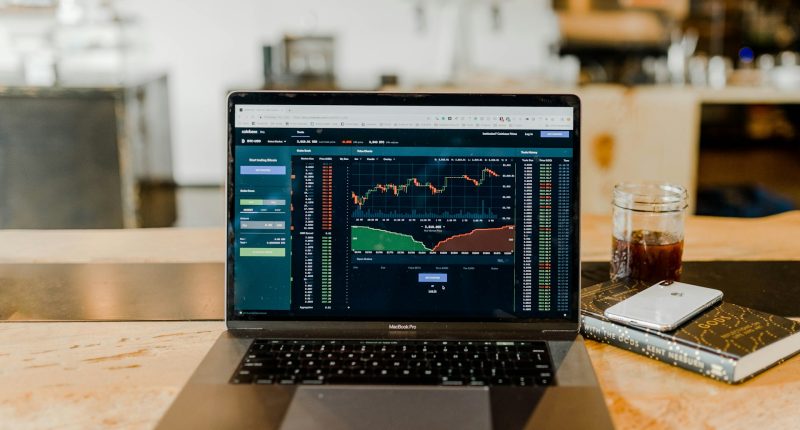Automated trading, also known as algorithmic trading, basically works by using computer programs to execute trades in financial markets. By using special algorithms, their true novelty lies in the fact that they can open and close trades automatically, based on an understanding of market dynamics and a host of other information.
We’ve now begun seeing these kinds of systems applied to various types of trading, including Stock market trading, forex trading, and crypto trading. While each requires various levels of sophistication and specialized programming, they have proven to be highly intuitive no matter what kind of trading they’re applied to.
According to business writer Milan Novakovic, when it comes to crypto trading, the process that automated crypto trading systems use has reduced the need for human intervention and led to faster and more efficient trade execution. This is why automated trading is now used widely in many financial markets like crypto and even equities to find opportunities and execute them timeously.
Here’s a look at some of the finer points of how they work.
The main part to break down in automated trading systems is how they work. At their core, is the algorithm, which is the component that contains all the instructions or rules that define how trades must be executed.
These instructions are usually based on various factors, like market trends, price movements, technical indicators, or even news events. Traders can also design their algorithms for specific goals, such as following particular trading strategies, minimizing risks, or purely maximizing profits.
The second most important component is a data feed, which is important to automated trading’s overall success. The crucial part is that it provides the system with as up-to-date information as possible based on market conditions like real-time trading volumes, price movements, or other significant indicators.
Algorithms rely on accurate and fast data feeds to make good trading decisions in real-time. That is why the quicker and more reliable a data feed is, the better the trading system will be in reacting to changes in the market.
Another crucial component is the execution platform a trading system uses. Once the algorithm decides to execute a trade, it must be placed with a broker or an exchange. The execution platform is what is responsible for making sure that the trade is carried out accurately and promptly.
These platforms are typically connected to financial markets and integrated with brokers’ trading systems. The good news is that most modern execution platforms are designed to handle large volumes of trades in less than a second.
Lastly, before automated trading systems launch their algorithms for live-market use, they go through a backtesting and optimization step. This step involves testing the algorithm on historical data to see how it would have performed in the past.
This step allows developers to evaluate how effective their algorithms are and identify any potential weaknesses they may have. After evaluating, they then can fine-tune them and optimize parameters such as risk tolerance, trade sizes, or entry and exit points.
Automated trading systems use several types of strategies, with the simplest and most popular of these being trend following. This strategy revolves around identifying market trends like rising or falling prices and then opening positions in the direction of the trend.
Another commonly used strategy is market making, which involves placing buy and sell orders at the same time to make a profit from the bid-ask spread. Algorithms use this strategy to constantly make buy orders at prices that are lower than their current market prices and sell orders at prices higher than their market value.
Lastly, we have arbitrage strategies that try to make a profit from price discrepancies between various financial products or markets. For instance, algorithms can identify when a stock has different prices on two exchanges and place trades to profit from the difference. However, these strategies require fast execution, as price discrepancies rarely last for a long time.





